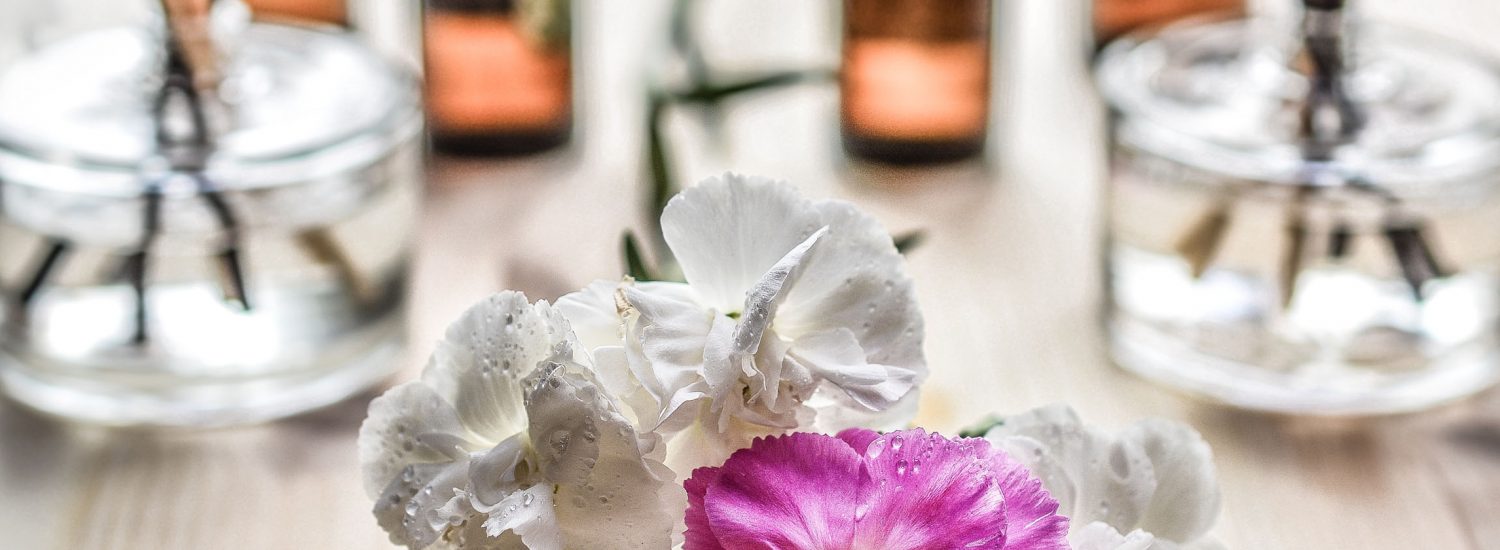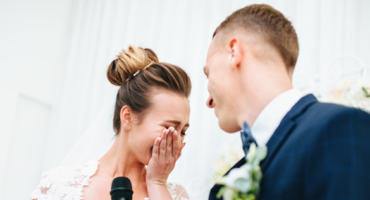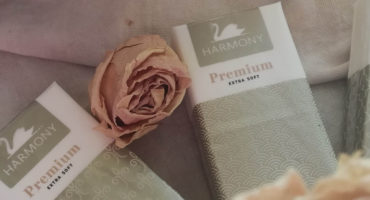Captivating smells around us

What do you associate a smell of home with? Is it freshly baked cookies from your grandma or some other pleasant scent from your childhood? Even though we cannot see smells, they are a strong interior atmosphere creator.
As a perfume we choose reflects the uniqueness of each of us, so do interior fragrances. They are all different. In their production, leading manufacturers use the same process as for body cosmetics, but with a higher concentration of fragrance ingredients. You can achieve a pleasant smell in the interior with a fragrance diffuser with rattan sticks, candles, oil or catalytic lamps. Seasonality applies here as well – for example, before Christmas, the most sold scents are vanilla, cinnamon or apple.
Fragrant memories
Fragrance is associated with our emotions and memories. This is because aromatic substances effect the brain centers responsible for the formation of emotions. The most popular fragrances include floral (rose, jasmine, lily) and citrus aromas. We use them mainly in the spring and summer. During autumn and winter, we prefer sweet and woody scents.
But did you know that different scents are also associated with colors? Research has shown a link between smells and colors in the brain across different cultures. Pink and red colors were attributed to the fruit fragrances, the smell of soaps evoked bright pastel colors, while the smell of plastic was associated with a dark neutral palette.

How many smells can one distinguish?
Until recently, it was assumed that one can distinguish 10,000 smells. But many scientists have suggested that this number is dramatically low. In an effort to find the exact number, Dr. Andreas Keller of the Neurogenetics and Behavioral Laboratory of Rockefeller University tested volunteers with complex fragrance blends.
Based on the results, he calculated that a person is able to detect up to a billion different smells! According to the doctor our olfactory abilities were weakened when a person straightened up and moved their nose from the ground. If we add a daily showering with perfumed gels and soaps, it is quite clear why our smell has weakened so much.
No aroma
We can smell different smells everywhere around us and they also influence our shopping behavior. Just remember how many times when you were ill you’ve automatically went for handkerchiefs with the menthol scent.
The TNS survey conducted in Slovakia, in the Czech Republic, Serbia and Croatia, showed that although more than half of buyers prefer non-scented handkerchiefs. In case of scented handkerchiefs, the scent of menthol, mint and eucalyptus are dominating. Serbs buy handkerchiefs with menthol scent the most. A nice alternative to this is also specific handkerchief with subtle ladies and gentlemen scent, for example Ladies’ Light Perfumed and Gentlemen’s Light Perfumed.

Scented myth
The survey further showed that consumers buy mainly non-perfumed toilet paper. If they prefer perfumed toilet paper, in Croatia it will be mostly with a fruity scent, Czech customers, on the other hand, prefer toilet paper with the scent of herbal plants.
Mainly women have the fear of health complications from perfumed toilet paper, perhaps it is just a wrong speculation that it can irritate the skin. The truth, however, is that the paper itself is not perfumed and the scent is applied only on the roll. For example, if you like the idea of a flower bouquet on your toilet paper, you do not have to worry about such perfume.
Forget about the cleaning or Where to go for a trip?
Maybe you are familiar with this. You get up in...
Show moreFrom the history of handkerchiefs
Raise your hand those who do not take handkerchiefs for...
Show moreInfographic: Dining Etiquette – What rules to follow?
Nowadays, it may seem that the principles of dining are...
Show more
 scent of home
scent of home


